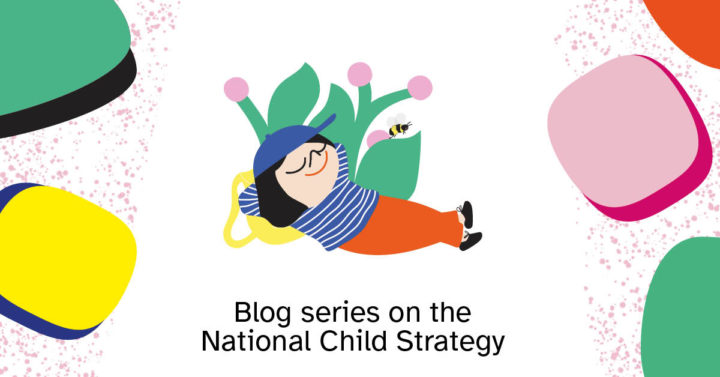The experience of inclusion in a busy school environment
Blogs
It was a dark morning in November, the same as usual. The car windows were covered with frost and the thermos mug kept my hands warm. I was driving to work, and Anna Puu was singing a song, which I think was about choosing love and the art of being yourself when in love. I was already thinking about the day ahead. How could all the pupils be seen and accepted as they are? It requires a genuine presence and making sure that they are engaged in their everyday school work. Making sure that everyone belongs requires a safe and dependable environment in which children or young people dare to be open and vulnerable and to express their views.
We all have a need to feel that we belong. People want to be heard, seen and accepted. According to the UN Convention on the Rights of the Child, children have the right to give their opinions on issues that affect them. We need to offer children opportunities to be heard at school by means such as conversations, singing, playing, writing, questionnaires and influencing. How do we involve those pupils who prefer to remain silent?
Based on research in social, behavioural and health sciences, the Finnish Institute for Health and Welfare (THL) has divided participation into three areas: personal participation, community participation and participation in the common good. A sense of inclusion increases pupils’ well-being, sense of security, faith in the future and their own potential. It also reduces inequality and discrimination. Lower levels of inclusion, in turn, are associated with mental strain, loneliness and poor work ability. Inclusion means opportunities to influence one’s environment and the way it operates, and opportunities to develop the culture of the classroom and even that of the school. It’s about experiences of sharing during the school day, about helping someone with a difficult math problem or talking about what happened at weekend, for example. Pupils are allowed to be part of the community and feel important. They are also respected and praised for their achievements. This has been enhanced in particular by the emergence of a culture of strength-based education in the school system.
I arrived at school in my car, listening to the radio and thinking about the day ahead. One of the pupils arrived hungry and tired. He shuffled into the classroom, a teardrop in the corner of his eye. He hid under his desk and covered himself with a piece of cloth left over from the handicrafts class. He got up to fetch some ear protectors and calmed down. A teacher went over to stroke his back after a while, asking if he would like to go for breakfast. His eyes lit up and he nodded slowly. He had been noticed and allowed to start off again, on the right foot. This pupil’s goals for the school day changed first thing in the morning. A sense of security and having been seen were more important than his classes.
I’m a special educational needs teacher and I work with a group of ten pupils so I’m fortunate in that I can put inclusion into practice during the school day. What about those teachers and children who work in groups of thirty? The rush and pressure to make progress often take the mind away from the precious moments of everyday life.
It is, therefore, particularly important to further reform and build the school system so that inclusion is part of pupils’ experience. The Child Strategy outlines a mission for us, which is to secure opportunities for learning, development and support at school. The strategy mentions the importance of cross-sectoral cooperation as part of overall well-being. We need to involve children in the development efforts and let them have a say on decisions that affect them. Participation in the school’s daily activities also has a positive impact on motivation and taking responsibility.
What could be more important than educating children and young people so that they become educated, motivated and responsible individuals? The first steps in that direction are taken when we are there for each other every day. We hear what pupils need and take this into account in the planning of everyday activities.
P.S. Read more about the Child Strategy on the Lapsistrategia.fi website.
P.P.S. Children’s Rights Week is celebrated from 15 to 21 November 2021. The material on the website Lapsenoikeuksienviikko.fi in Finnish and Swedish can be utilized in schools, early childhood education and leisure.
